The kitchen is the great equalizer. Food doesn’t care about the colour of your skin…
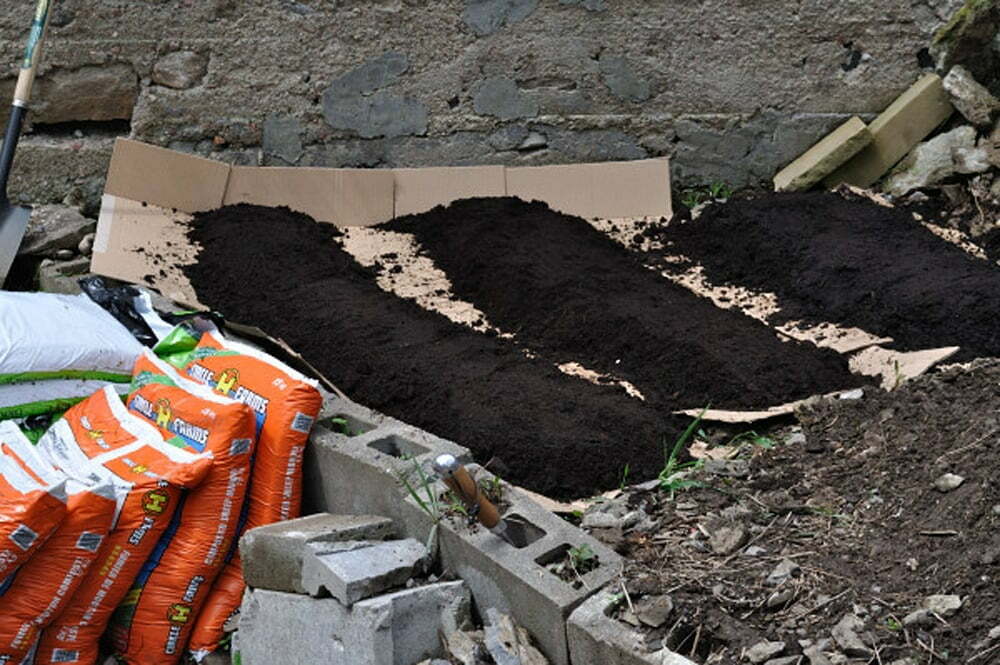
Cardborad Gardening – Off We Grow
While we’ve been making a move to co-habitate, the garden has been taking off in varying shades of green. But first we had to take rocky terrain and turn it into arable land capable of fostering food stuffs, with the aid of a little cardboard gardening.
We’re fortunate to live on a heritage property with a big, once beautiful garden. Like any garden left unattended it will return to nature, slowly and surly over time. In the year I’ve lived here I’ve begun to lay down the base of a community garden, beating back nature’s invaders. Starting with a few well chosen plants and some grass seed, I branched out as I rescued long forgotten hostas from under trees and split Iris’s so they would bloom again.
Neighbors joined in, the landlord thinks I’m a wet dream come true and I get the pure satisfaction of doing something I love.
Late in the fall I began a new project in the foundation of what once was the estate’s former cellar or barn. It was overgrown with tangled vines and thorns, but once I began to cut away the overgrowth I revealed something quite special, filled with wilding herbs and ancient grape vines. I’ve never worked in a walled garden before, so this is largely new territory in many ways. There are issues of light and shade to contend with, plus rocky depleted soil unsuitable for planting in some areas, and of course… weeds.
Our recent visit to Mariposa Farms reminded me of an urban gardening trick that shortcuts gardening in new terrain. Rather than the plowing and turning of sod, replenishing of soil and endless weeding of conventional gardening. Cardboard Gardening (also called Lasagna Gardening) uses recycled cardboard or layers of newspaper to choke out weeds & grass and replenish the soil with the inevitable results of compost. It’s environmentally friendly and particularly effective in raised gardens. Adding layers of organic materials will ‘cook down’ over time and create better soil and it saves hours of backbreaking labour.

Cardboard Gardening is as simple as four easy steps:
- First lay down a layer of cardboard (or three layers of newsprint), flat on the surface you wish to reclaim.
- Wet to down if necessary to keep it in place, then add a layer of organic fertilizer (I.e: manure).
- Top each row with top soil or black earth deep enough to seed in.
- Seed/plant & grow.
Mound each row, leaving enough room for crops to grow. Here we’re working with tight spaces so our rows are close and high. Between each row you can top dress with straw, otherwise know in the city as ‘grass clippings’. This helps to further block weeds and grass underneath, without sunlight they will wither and die and contribute to the compost effect. That layer attracts earthworms, who do all that turning and mixing for you.
Seeding in the soil, with nutrients below gives plants exactly what they need with little effort, as they grow they reach and feed. Simple. Easy. Effective. (Chef B is still in shock that he handled manure, with is bare hands!) The beauty of cardboard gardening is that next year a light turn and a couple more layers will be all that’s necessary to plant once again.
This year’s experiment is limited to greens, herbs and edible floweres, we’ll see what thrives and what fails. Seed is so cheap, it makes it easy to plant and replenish without a big investment. Ideally, this little garden should be able to support the five home kitchens on the property with herbs and fresh greens all summer long, it’s just a matter of planning. But first, we have a few bugs to sort out.
I am currently battling vermin for supremacy. Squirrels, chipmunks, rabbits and the odd marmot have been behaving badly. The little blighters have topped all the sunflowers and are now eyeing the micro-greens. We must make peace with the varmints… I see an offering to the nature spirits in my future.
I think they like sunflowers.

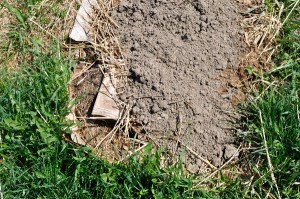
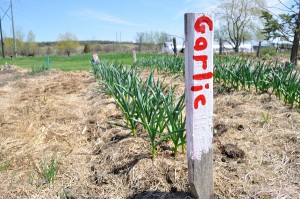

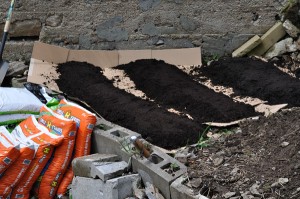
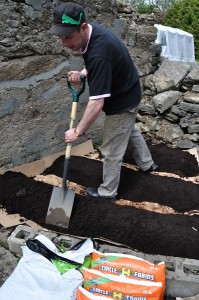
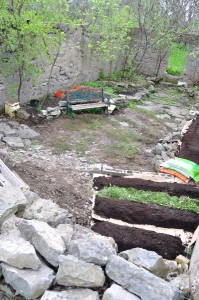
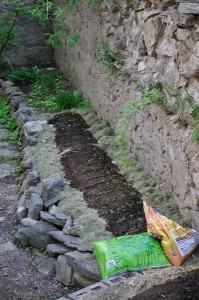


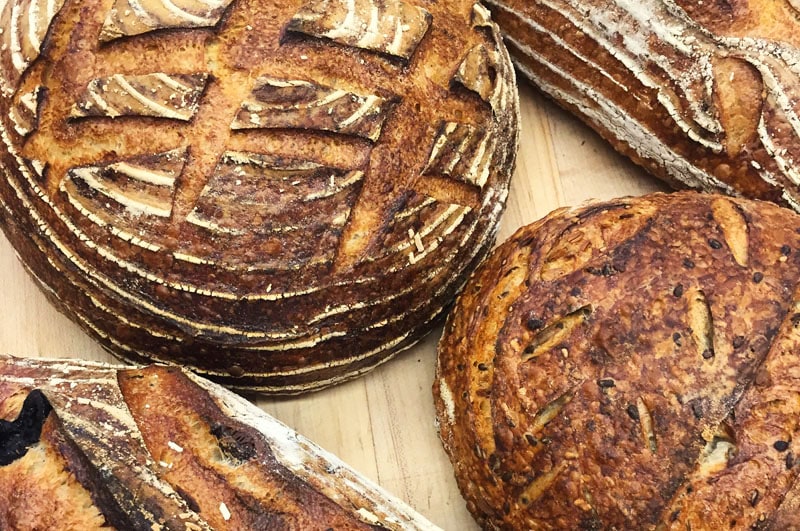
Comments (0)